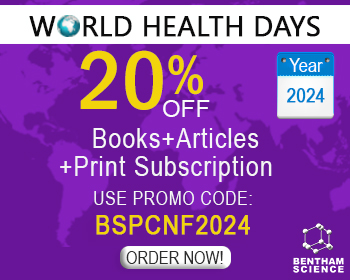Abstract
Creatine, a very popular supplement among athletic populations, is of growing interest for clinical applications. Since over 90% of creatine is stored in skeletal muscle, the effect of creatine supplementation on muscle metabolism is a widely studied area. While numerous studies over the past few decades have shown that creatine supplementation has many favorable effects on skeletal muscle physiology and metabolism, including enhancing muscle mass (growth/hypertrophy); the underlying mechanisms are poorly understood. This report reviews studies addressing the mechanisms of action of creatine supplementation on skeletal muscle growth/hypertrophy. Early research proposed that the osmotic effect of creatine supplementation serves as a cellular stressor (osmosensing) that acts as an anabolic stimulus for protein synthesis signal pathways. Other reports indicated that creatine directly affects muscle protein synthesis via modulations of components in the mammalian target of rapamycin (mTOR) pathway. Creatine may also directly affect the myogenic process (formation of muscle tissue), by altering secretions of myokines, such as myostatin and insulin-like growth factor-1, and expressions of myogenic regulatory factors, resulting in enhanced satellite cells mitotic activities and differentiation into myofiber. Overall, there is still no clear understanding of the mechanisms of action regarding how creatine affects muscle mass/growth, but current evidence suggests it may exert its effects through multiple approaches, with converging impacts on protein synthesis and myogenesis.
Keywords: Mammalian target of rapamycin, myogenic regulatory factors, muscle protein synthesis, satellite cells, myokines, myogenesis.




























